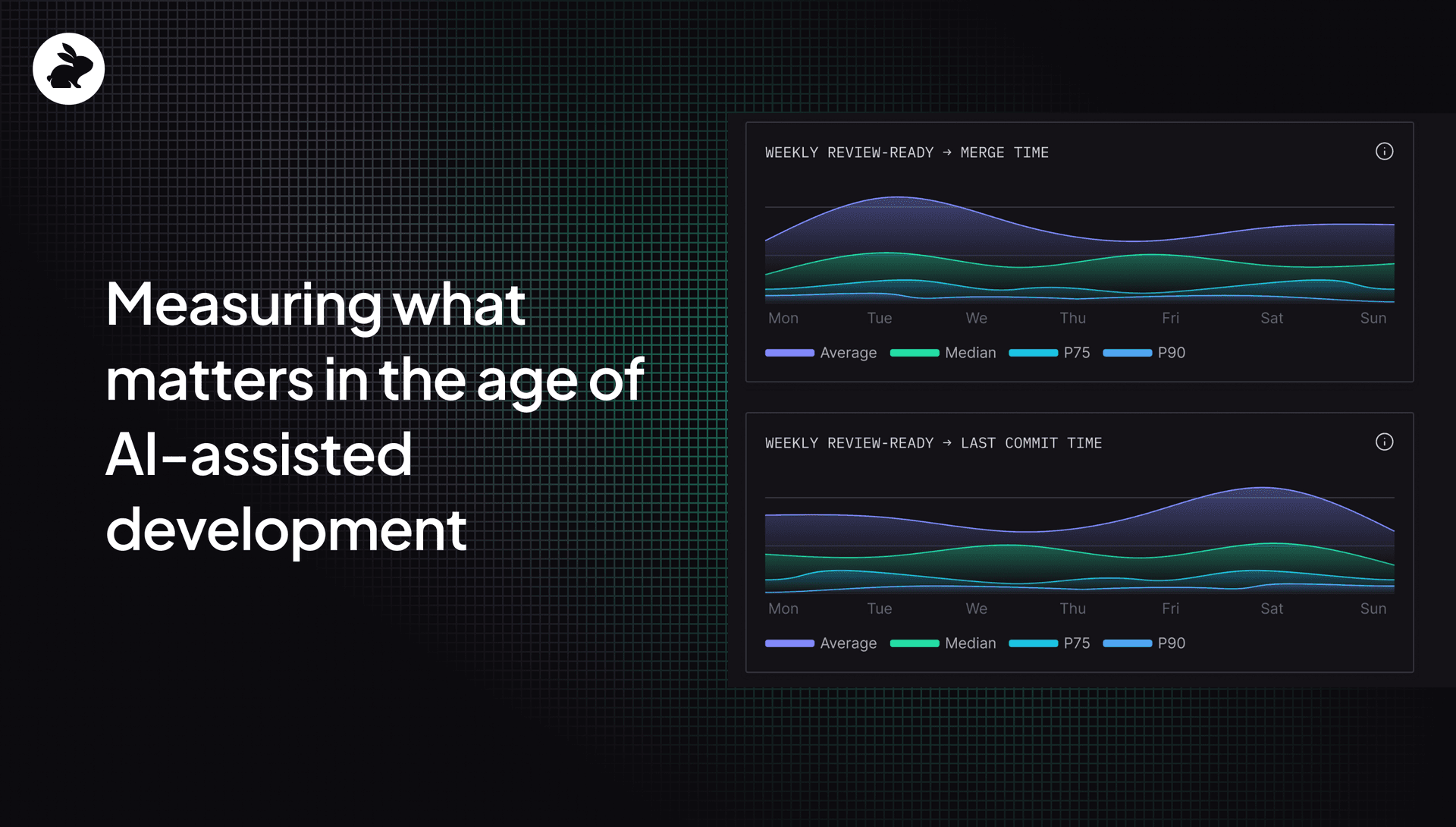
Boosting Engineering Efficiency Using AI Code Reviews for Remote Teams
by 

Aravind Putrevu
Product
English
November 12, 2023
6 min read
November 12, 2023
6 min read

Cut code review time & bugs by 50%
Most installed AI app on GitHub and GitLab
Free 14-day trial









